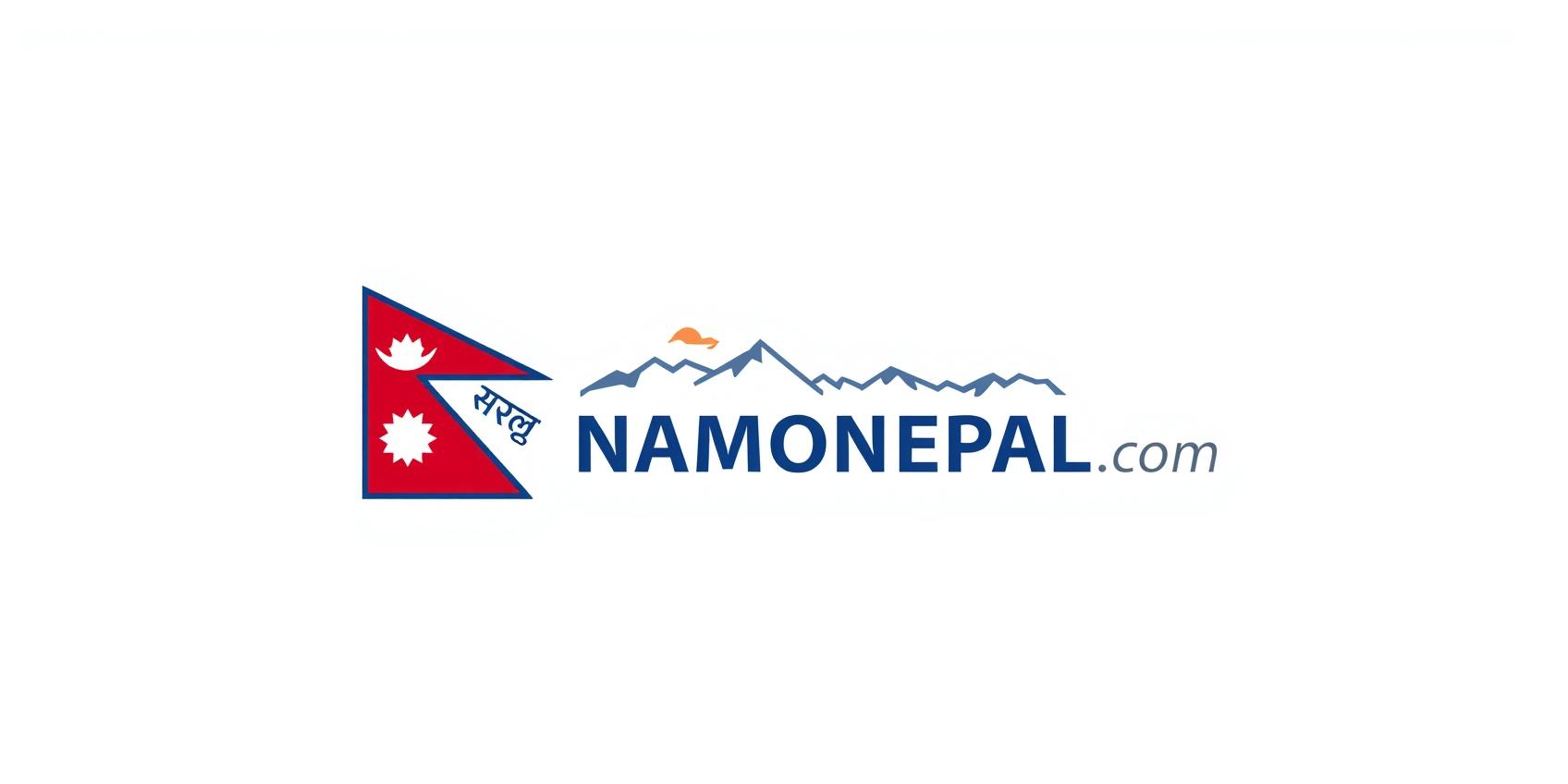Tea House Trekking or Camping Trekking in Nepal? Choose Your Adventure Style
Trekking Nepal offers distinct experiences—tea house trekking provides cozy lodges, warm meals, and cultural immersion while camping trekking allows solitude under the stars. Discover which suits you best.

The Benefits of Tea House and Camping Treks
Popular trekking routes offer tea houses
Remote trails require camping
Trekkers prefer tea house comfort
What is Tea House Trekking?
Cozy Lodges and Local Flavor
Stay in family-run lodges known as tea houses that dot Nepal’s primary trekking routes. These provide basic but warm rooms, traditional meals like dal bhat and momos, and opportunities to meet other trekkers and locals alike.
Camping trekking means carrying or renting tents and cooking equipment, setting camp in remote, scenic spots. More physically demanding, it offers solitude, wild landscapes, and flexibility to explore less frequented trails.


Key Differences Between Tea House and Camping Treks
Tea House Trekking Comfort
You enjoy hot showers, comfortable beds, and hearty meals in communal settings. Great for socializing and resting after long days.

Factors to Consider When Choosing Your Trekking Style
Your choice depends on personal comfort, adventure level, budget, and desire for cultural immersion. Tea houses offer social and comfortable stays, while camping grants privacy and a deep connection with nature.
and warmth in tea houses
and wilderness immersion
for groups (tea house treks)
required for camping
your Nepal trekking experience
Meals and Social Experiences
Tea houses serve a variety of local and some Western dishes, making meal times social events.
Camping treks rely on carried or hired cooks, offering diverse menus but greater preparation efforts.

Which Trekking Style Fits You Best?
Matching Preferences to Experience
- Tea House Trek: Ideal for beginners, groups, and those valuing comfort and cultural interaction.
- Camping Trek: Perfect for experienced trekkers who want privacy and explore remote, less accessible paths.
- Seasonal Considerations: Tea houses offer refuge from harsh weather, while camping suits summer months.
Gear considerations for camping: tents, sleeping bags, cooking utensils
Booking tips: Reserve tea houses early, arrange guides and porters for camping
Environmental impact: Both styles endorse responsible trekking practices
Tea House & Camping Trekking FAQs
Your questions answered to help you make the best trekking accommodation choice in Nepal.


